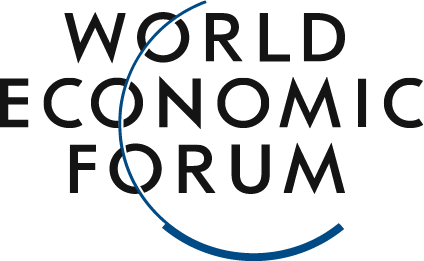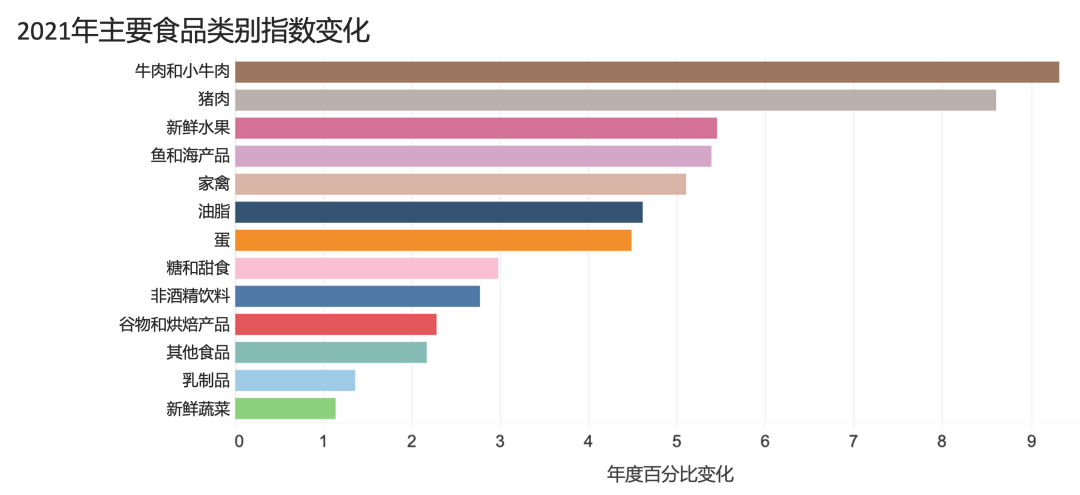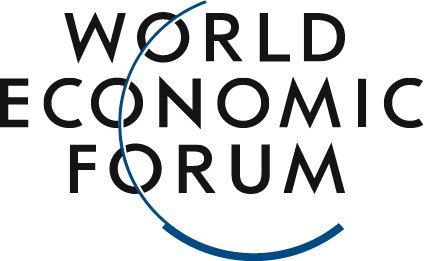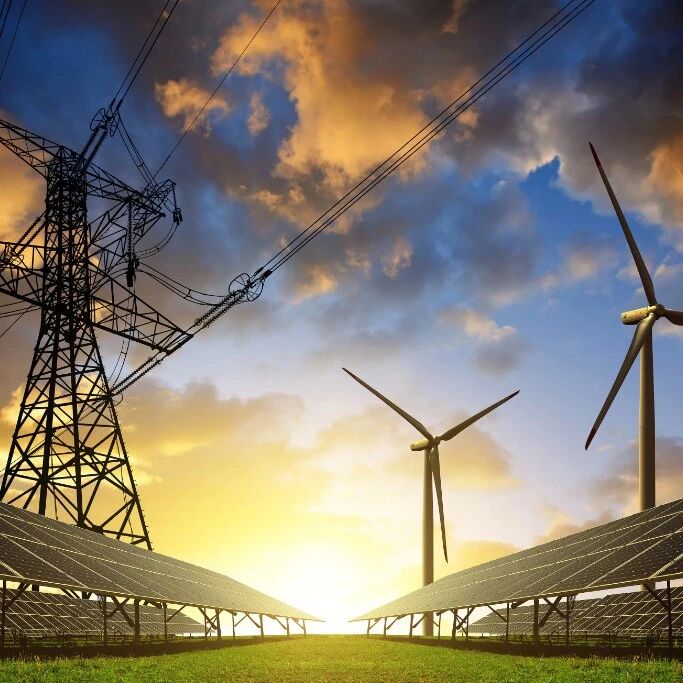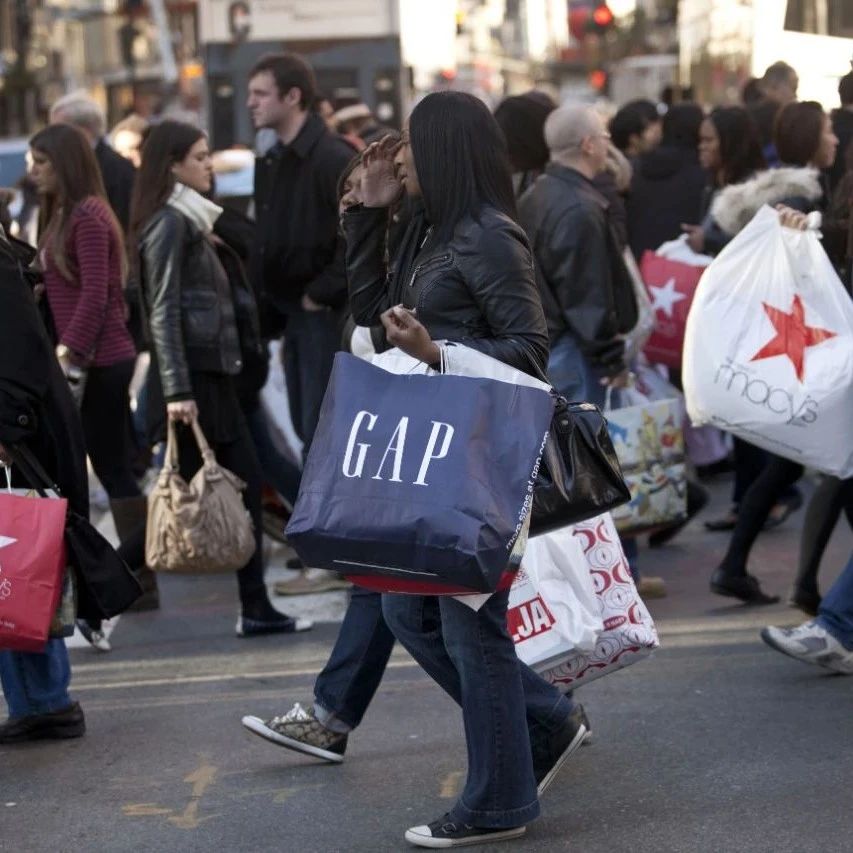The impact of climate change on the meat supply chain is undeniable.
Image source: Reuters/Benoit Tessier
Niyati Gupta
Fork and Good
- ,1°C,7%,,,1991-2000,2046-205520-40%
,?
Image source:U.S. Department of Agriculture
Nevertheless, global demand hasn’t declined—people still love eating meat. Globally, only about six countries have reached levels that could temporarily be described as "peak meat consumption." In the U.S., per capita meat consumption continues to rise, while in regions like China, Vietnam, and Brazil, meat consumption is growing even faster as incomes increase.China is currently the world's largest consumer of meat, consuming 53 million tons of pork and 10 million tons of beef annually—yet per capita consumption remains at just 50% of that in the United States.Compared to population growth, the behavioral shifts driven by rising incomes and the meat-centric dietary habits are the primary reasons behind the surge in meat consumption—yet one-third of the world’s population still struggles to meet their nutritional needs due to inadequate protein intake.The implications for consumers and food securityUltimately, the impact of climate on the meat supply chain will lead to meat shortages and rising prices, leaving only a fortunate few able to access animal proteins with high bioavailability. We’ve already observed this trend in certain regions around the world.Last year, meat consumption in the UK hit a historic low, with beef, pork, and lamb consumption dropping by 26% compared to 2012 levels. This decline was driven by rising living costs, as meat prices became increasingly unaffordable. As a result, the net impact on meat consumption was far more significant than the effects of dietary trends like veganism, vegetarianism, or reduced meat intake.Protein diversification is one solution, but changing behaviors is challenging—after all, our dietary habits are deeply embedded in culture. Although plant-based diets are growing in popularity, vegans still make up only about 1% of the global population. Therefore, relying solely on consumers to shift their eating habits isn’t enough.Meat is delicious, and most people want to afford animal protein. This means we’ll keep striving to produce more affordable meat—while taking significant risks by expanding our already intensive animal agriculture systems—and thus perpetuating the vicious cycle yet again.So, how do we ensure that future generations can still enjoy burgers, pastries, or chicken curry? New technologies can play a crucial role in building a more robust food production ecosystem, helping us achieve the 1.5°C climate change target.How technology ensures there’s meat on the tableOne approach is to strengthen the climate resilience of existing systems and reduce risks—for example, by cultivating heat-resistant feed crops or developing integrated, multi-purpose agricultural systems that are better equipped to withstand climate change. Another example: Pairwise is currently researching a CRISPR-edited corn variety that boasts higher yields while maintaining robust productivity.Technological advancements in areas like cultivated meat, cellular agriculture, and next-generation proteins are offering fresh new perspectives.Artificial meat is grown using significantly less feed and water to cultivate animal muscle and fat cells, while delivering the same taste and nutritional value as conventional meat. For instance, Fork & Good’s lab-grown pork requires ten times less water and four times fewer calories compared to traditionally raised pigs—and it doesn’t rely on animals at all, making it more resilient to extreme temperatures and diseases.Cellular agriculture offers similar advantages. Companies like The Every Company are using precision fermentation technology to produce dairy products and eggs, allowing us to obtain the same proteins without needing animals.Of course, the effectiveness of these technologies depends on scalable, long-term affordable solutions.For example, Fork & Good’s research has reduced costs by 300 times over four years. We must also consider regions facing protein shortages and malnutrition, strategically introducing animal, plant, or cellular agriculture to ensure broader access to protein for more people.Given the scale of the issue, we should adopt a multifaceted approach and significantly invest in cutting-edge technologies like cultivated meat to drive innovation in the industry.Scientists, policymakers, and the food industry have a unique opportunity to collaborate, accelerating the adoption of sustainable practices while fostering the development of cutting-edge technologies.Ultimately, these measures will allow future generations to savor the diverse range of foods we enjoy today—perhaps even keeping the occasional burger option on the menu.
The above content solely represents the author's personal views.This article is translated from the World Economic Forum's Agenda blog; the Chinese version is for reference purposes only.Feel free to share this in your WeChat Moments—please leave a comment below if you’d like to republish.
Translated by: Di Chenjing | Edited by: Wang Can
The World Economic Forum is an independent and neutral platform dedicated to bringing together diverse perspectives to discuss critical global, regional, and industry-specific issues.
Follow us on Weibo, WeChat Video Accounts, Douyin, and Xiaohongshu!
"World Economic Forum"
